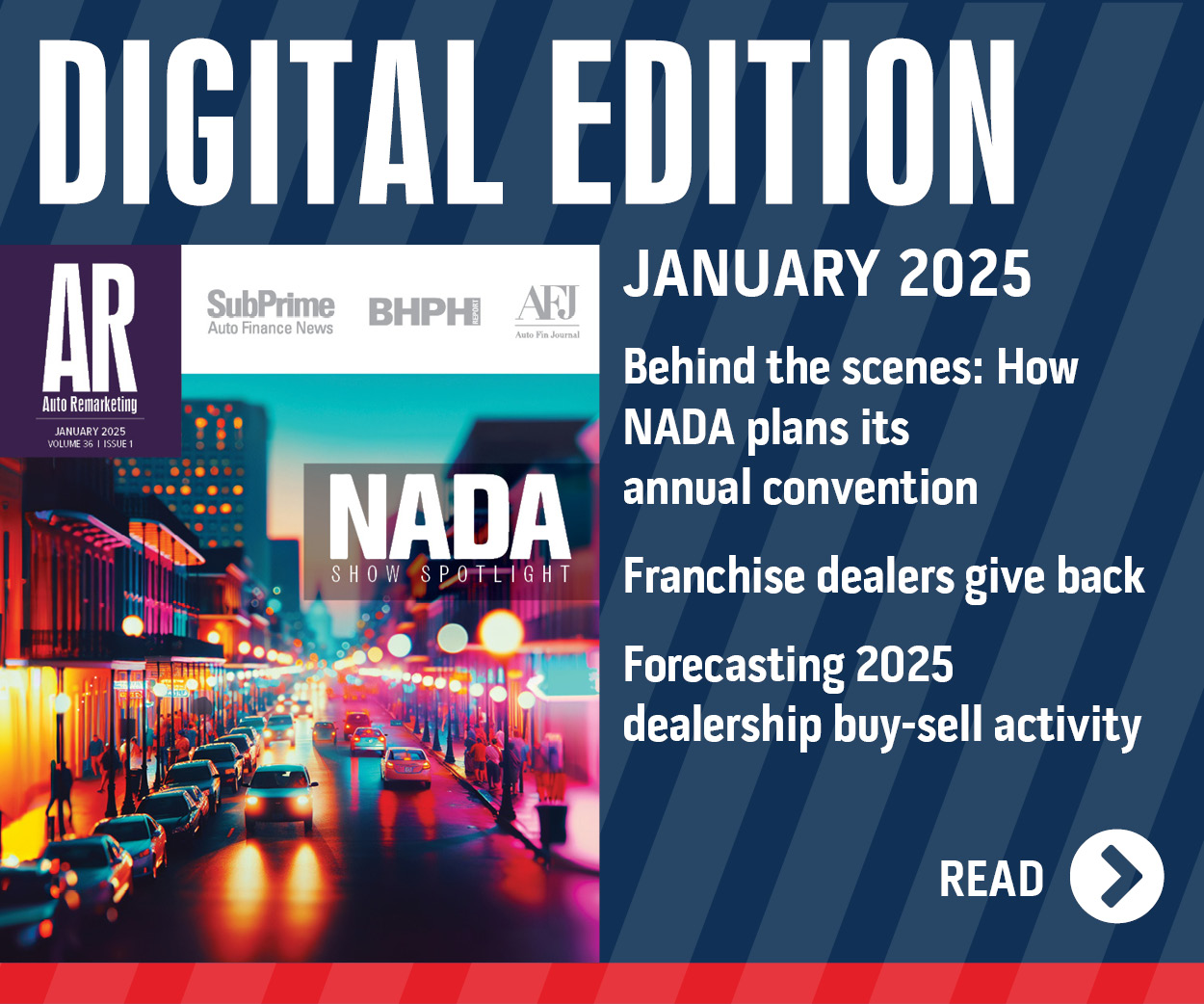How to Balance Cost & Profit in Recon

While the precise return on investment for reconditioning is certainly up for debate — and economists contacted by Auto Remarketing were averse to putting an exact number on it — the payoff from a dealership’s recon investment raises some interesting issues.
How much should dealers be willing to put into making a car retail-ready when acquisition costs are already high? And to what degree does reconditioning raise a car’s profit potential? How do you balance the costs and benefits?
Among those who have examined these questions is Mark Bollman the president of Creative Colors International, who talked with Auto Remarketing earlier this year.
CCI is a business-to-business entity specializing in on-site repair and restoration solutions for fabric damage, and among its clientele is the auto industry.
The company does have some consumer-facing business, “but we’ve always structured ourselves to cater to the B2B client, allowing them to — specifically in the new- and used-car industry — to increase the value of the vehicles they buy at auction that have damage by investing in reconditioning dollars,” he told Auto Remarketing in an interview this winter.
“Because for every dollar that they spend in reconditioning, it yields them $1.50 back in profit,” Bollman continued. “So, it’s a very good profit-producing sector in the dealership.”
But there is the need to strike a balance, especially when costs may be high.
That’s something that Brian Benstock of Paragon Auto Group urges dealers to be mindful of, particularly when acquiring vehicles. Given the cost of reconditioning a vehicle, the dealer needs to buy right.
“We’re going to have to be more astute when we’re buying cars,” Benstock said of dealers. “We’re going to have to really take into consideration the potential retail transaction price for that vehicle when we’re putting the number on the car.
“We cannot make the same mistakes that we used to make by overpaying for a car and worrying about that later on down the road,” he continued. “You have to buy it right from Day 1. You have to make sure you’ve taken all of the known factors into consideration from Day 1. And, frankly, you’ve got to be more judicious in purchasing the vehicles.”
And when considering the recon process, Benstock said it’s important to first look at the appraisal process — and when you’re acquiring a car from a consumer, involve that customer in the appraisal. Take that customer through a step-by-step walkthrough, he said, and help them understand the money you’re putting in the car.
“We’re going to point out (to the customer) the things that we need to do to make that car the value that it needs to be before it can be retailed and the wholesale costs associated with that,” Benstock said. “And a lot of our customers … when you walk them through honestly, they’re with you. They understand.
“But you can’t do with the customer not there,” he added. “The customer has to be present.”
And Benstock said there is “substantially less pushback” from the consumer when recon costs are explained thoroughly, noting they “tend to be very understanding” of the costs that dealers must put into a car to have it retail-ready.

 View The Latest Edition
View The Latest Edition

